Whenever we talk about our Rainforest Rendezvous tours, one of the questions that inevitably comes up is – “What photography gear should I be using in a rainforest?”
The answer is….read on!
Imagine a rainforest. What comes to your mind?
In all likelihood, myriad images would have flashed through your mind – dense forests, tall trees, canopies, colourful birds and butterflies, beautiful fungi, raindrops, endemic frogs, stealthy snakes, camouflaged insects, waterfalls and streams…the list is endless.
There are countless opportunities for photography in the rainforest. The variety of subjects is mind-boggling and each subject needs its own photography set-up (sometimes multiple set-ups). In this post, we attempt to unravel the “gear” mystery through some of the more common subjects one might encounter in the rainforest.
Forest-scapes, Waterfalls and Streams
Under the canopy, the rainforest presents many beautiful sights. A wide-angle lens helps you capture the entire scene.
However, in most cases, there would be very little light on the subject (sometimes with a very bright background). Also, capturing the flow of water needs very slow shutter speeds. So, a tripod would be useful.
Neutral Density filters help you reduce the light across the photograph or in the sky. A Flash or a powerful torch is sometimes used to add light in the darkest areas.
Gear Suggested: Kit lens, Wide-angle lens and Medium-telephoto lenses (<200mm), Tripod, Filters (Gradual Neutral Density, Neutral Density), Flash (for fill-in if needed), Remote Trigger
Birds and Large Butterflies
Birds and large butterflies normally have a larger comfort distance – they don’t allow you to get very close. So, you need to have telephoto lenses to get good photographs of them.
In some cases though, they may oblige giving you photographs like this one (shot at 40mm).
Gear Suggested: Medium-telephoto and Telephoto lenses (>200mm)
Large Snakes and Venomous Snakes
Unless you are a trained herpetologist, you don’t want to get close to them. Even if they are non-venomous, their bite can be very painful. So, the gear advised is the same as the previous case.
Gear Suggested: Medium-telephoto and Telephoto lenses (>100mm)
Frogs, Insects, Crabs, Spiders, etc.
Most of these subjects are very small. To capture good details in them, a macro lens is often needed. Macro lenses are special lenses where the minimum focusing distance is reduced to help you get closer to your subjects.
Light is always a challenge in macro photography; a good flash or torch is often needed to bring out the details in the subject. A diffuser on the flash helps make the light softer. A tripod is also sometimes useful.
In some cases, the subject may be larger and/or not be perturbed by the camera. A wide-angle lens can also give some interesting perspectives.
Gear Suggested: Macro Lens, Kit Lens, Wide-angle Lens, Flash, Tripod
A word of caution: If you must use the Flash, be very economical in the usage as it might damage the eyes or skin of some of these creatures. Imagine someone photographing you with a flash multiple times! Take a photograph and move on.
Fungi
Fungi in the rainforest come in a variety of sizes. So a variety of lenses, from macro lenses to wide-angle lenses can be used to photograph them. In addition, using a torch light or a flash (off-camera) could be useful to create magical lighting effects.
Gear Suggested: Macro Lens, Kit Lens, Wide-angle Lens, Flash, Tripod
As we’ve seen above, different equipment is used for photographing different subjects in the rainforest. In addition to the above, the following equipment may be handy:
- A good torch for adding fill-in light and for searching for wildlife in the dark
- Additional batteries and memory cards (in places with intermittent power supply)
We’ve also had questions from our participants that are related to the above discussion. Following are some of the most common ones with the answers.
That’s a lot of gear! I don’t have all of that with me. How can I manage?
If you are visiting a rainforest for the first time, it is a good idea to carry along the equipment that you have, even if it is just the kit lens. It helps you in capturing a unique perspective of a wide variety of subjects as well as gives you an idea of what interests you most from a photography perspective. You can then choose to carry specific equipment with you on your subsequent visits. We have many examples of photographers (including the author himself) coming back from the rainforest with a good collection of photographs with just the basic kit-lens.
If you want to get some of this equipment for shooting a specific subject, we recommend you to first try it out by renting it. There are a lot of equipment rental options in India (like BookMyLens) who rent out gear for rainforest photography.
I have all that gear. Should I carry everything?
This is again a choice that rests with the photographer. Practically speaking, carrying 4-5 lenses, a camera, tripod, torch and other accessories can weigh you down. Given the photographer needs to walk for long hours in the rainforest, it can be very tiring. So unless you have an assistant who can help you carry your gear, it is advisable to visualize the subjects that you want to photograph and carry the relevant gear.
Sometimes, weather makes the choice simpler for you. In the rains, frogs and waterfalls abound. However, birds and butterflies are hard to come by. Similarly, in the dry season, finding a waterfall can be quite a task.
The above discussion is about D-SLRs. I have a point-and-shoot. Can I photograph in the rainforest?
Point-and-shoots (especially the bridge cameras with a large zoom of 10x or above) offer the flexibility that most D-SLR lenses don’t. With one camera, you could capture a wide gamut of rainforest subjects – from landscapes to birds and butterflies. They also come with a good macro mode (zero distance focus in some cases) to help you capture the smaller forms of life. So, these cameras can help you photograph a very varied set of photographs.
Of course, you’ll have to keep in mind that D-SLRs have some advantages in terms of image detail (due to a larger sensor and better lenses) and low light performance.
What is the default equipment that you (the author) carry into the rainforest?
As we’ve seen through the blog post, I carry equipment according to what I want to photograph. On every trip, however, I ensure that I carry my Canon 100mm Macro lens, Canon 17-40mm f/4 lens (the near-equivalent of kit lens in focal length terms) and Canon 580EX-II Flash. Most of my photography in rainforests so far has been with this equipment.
If you have more questions or thoughts, please add them as comments to this post.
Next post in the Rainforest Series: How to protect your gear in the rains? – Coming up next week.

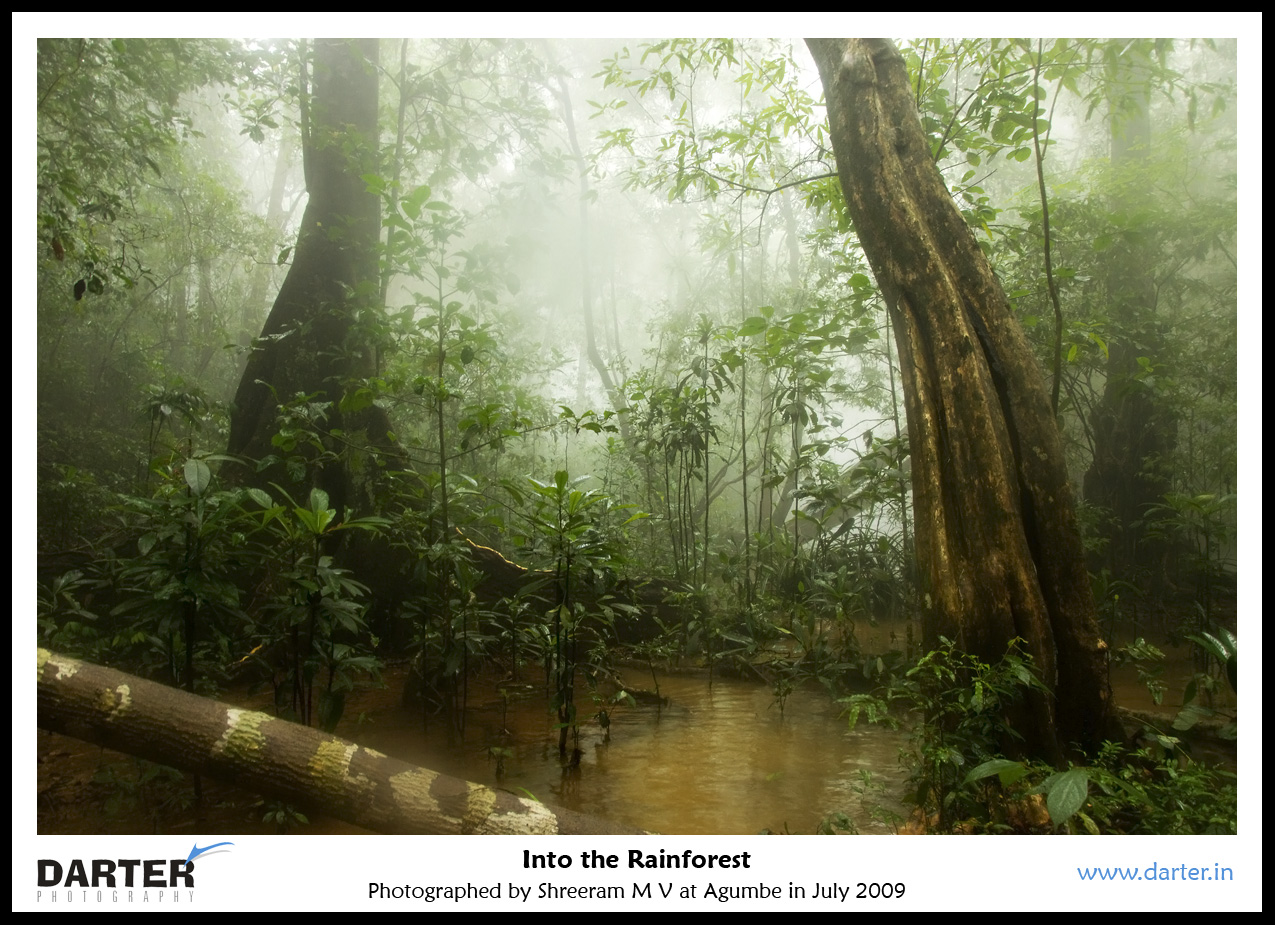

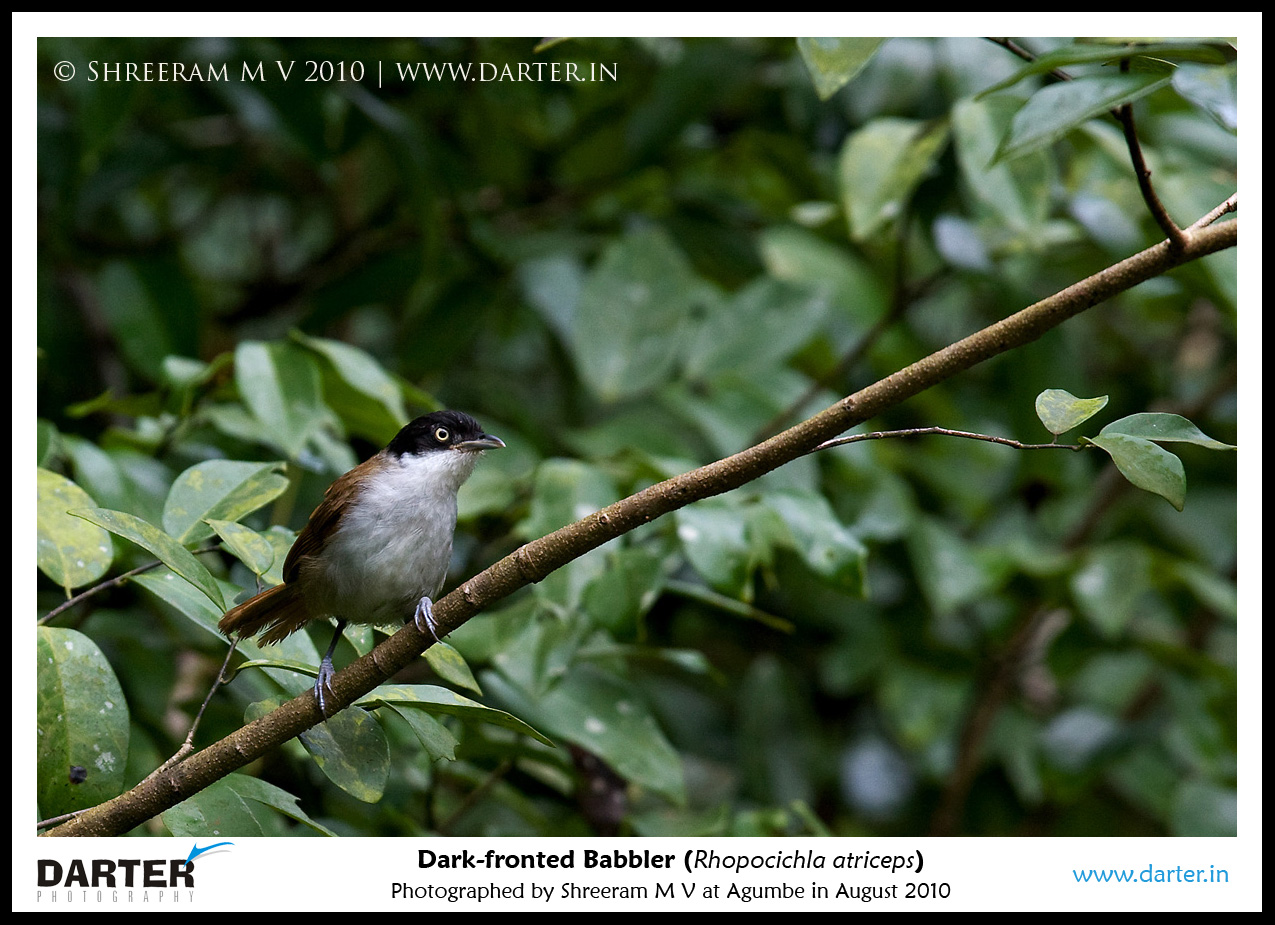
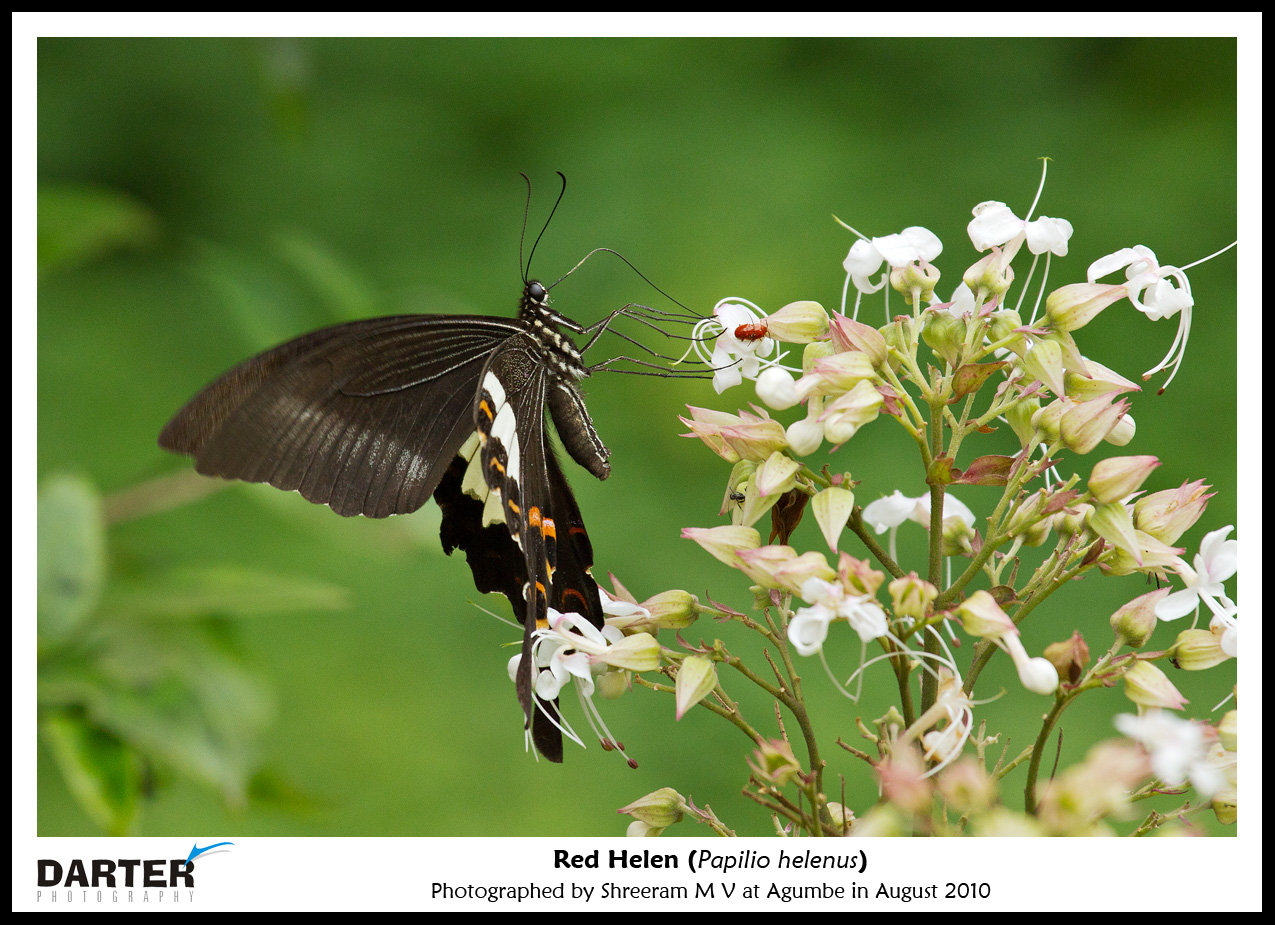

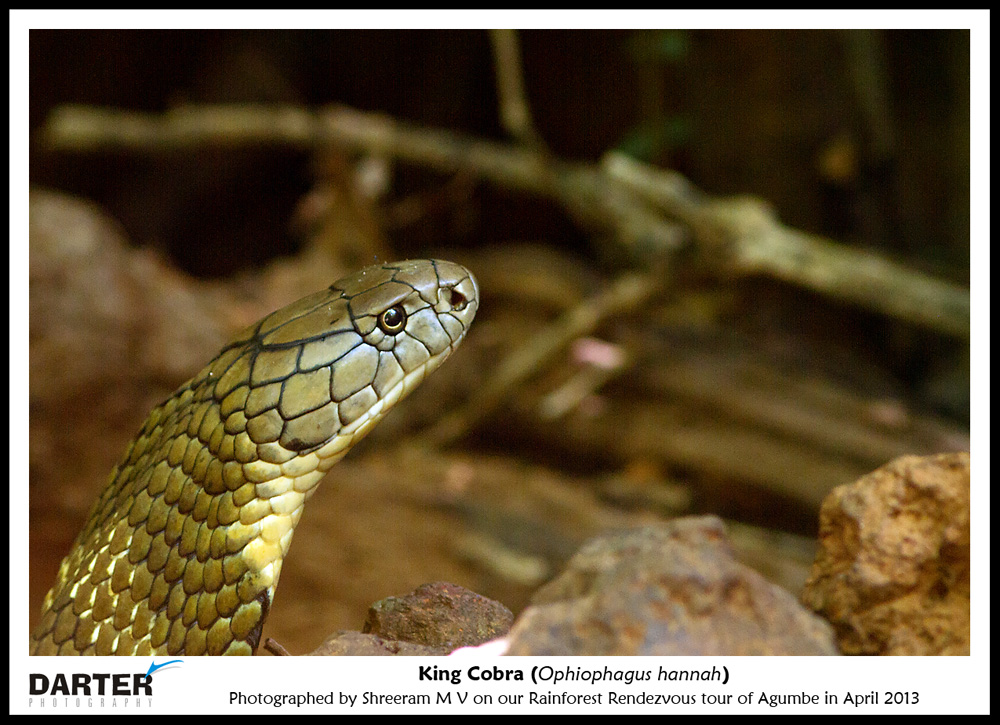
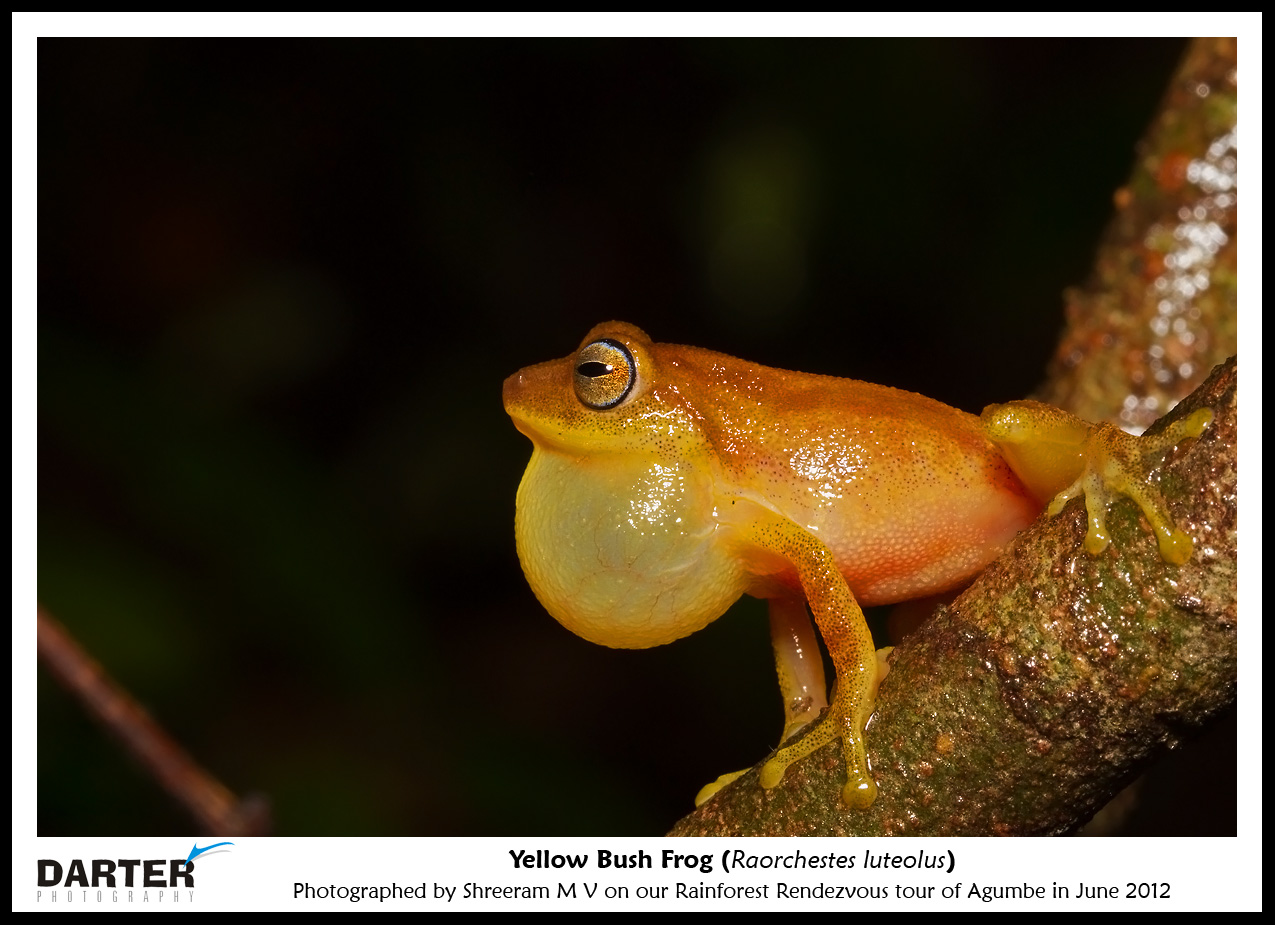


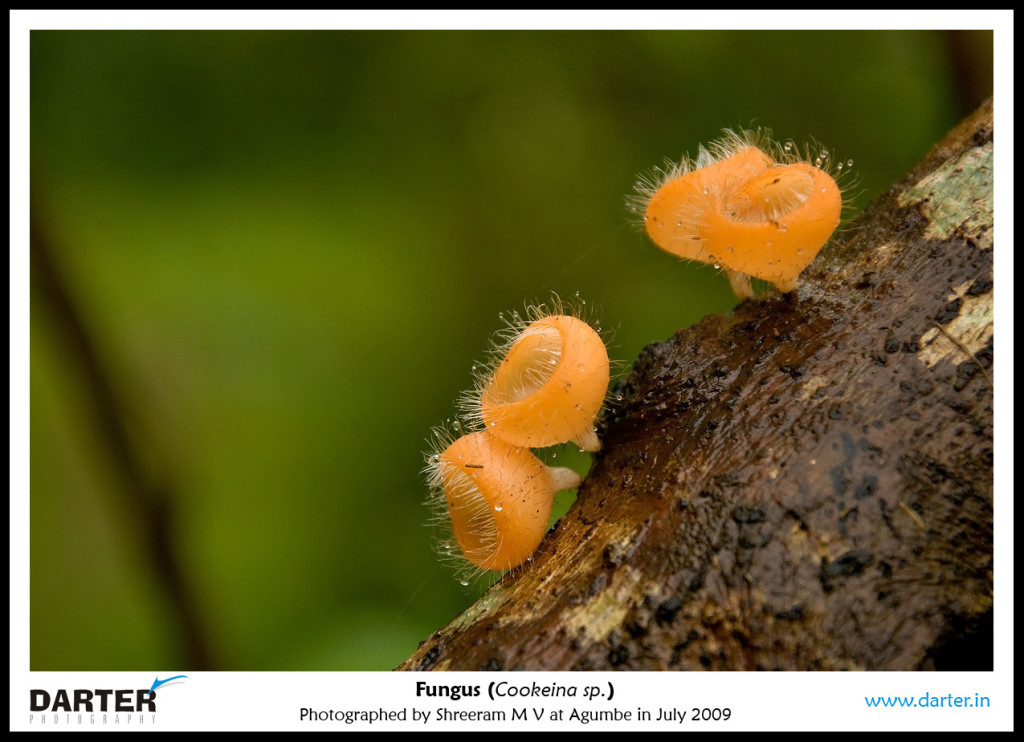
One Comment